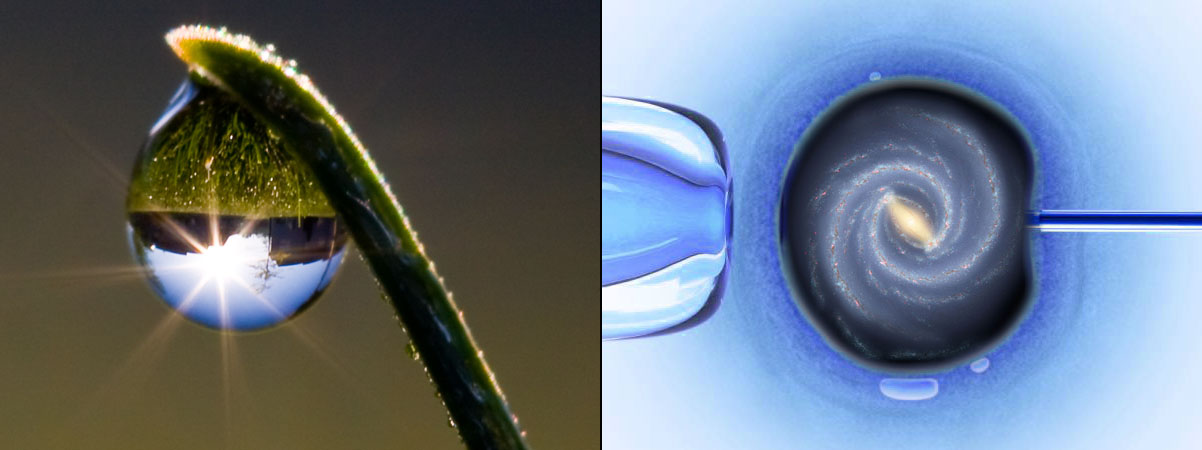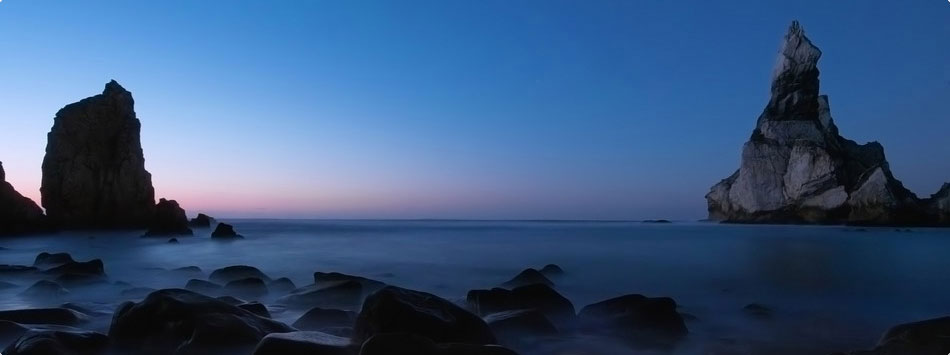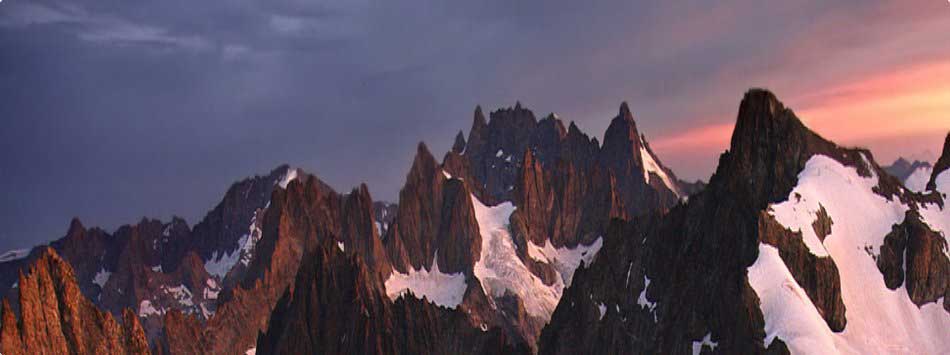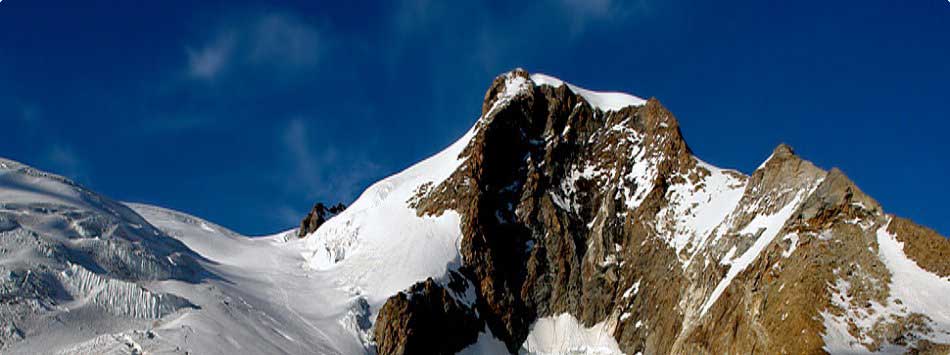As modern medicine evolved, something was lost that cannot be replaced by simply turning to artifacts, notions and rituals. Trying to understand the most ancient traditions of healing may shed light on this missing dimension. Physical anthropologists now estimate that humans have populated the world for over 150,000 years. For most of this time, we are believed to have lived as nomadic or semi-nomadic hunter-gatherers. Our present technologies, ideas and institutions have become autonomous forces gradually pulling us in many ways from our roots as a species and much of what has been lost in the process was constructive or even virtuous. For instance, men and women in the original adaptation had a profound knowledge of and respect for all the life forms around them. They had a great respect for the wisdom and knowledge of old people. They cared deeply about and acted to protect the well being of everyone in their group. There are many other examples of positive adaptations that have been eroded in modern civilizations, including aspects of healing.
Probably no culture is felt to represent the original human adaptation to life on our planet better than the African Bushmen, who were studied in detail while they underwent assimilation into Western and Bantu cultures.4 The art of healing among the Bushmen as reported by Lorna Marshall5 happened largely through healers participating in a group activity known as the "giraffe dance" or "medicine dance", although it also happened outside of this setting through the efforts of individual healers. Archeological evidence indicates that the medicine dance is at least thousands of years old. Healers were considered to vary in their gift for healing but were not necessarily afforded a higher status than others. Healing was thought to occur through their access to n/um, a force given to them by their great god, who was also the life giver and the death giver. As with our own medicines, the healers believed this force could be administered to the patient in excess with adverse consequences, and it had to be handled with great care. N/um existed in some people, songs, plants and animals. The great god created it to operate independently of the god himself although he could stop it from working at any time. Healers activated n/um within themselves by performing ritual activities, the most complex of which was the medicine dance. During the medicine dance all members of the living group were involved and their specific activity was determined largely by their gender. The dance would usually go on all night and especially during periods of increased intensity healers would enter a trance state. For the healer to activate n/um took effort and courage and in the process "ego functions" – likes, dislikes, conceptualization, everyday sense of self, everyday emotionality, discursive mental activity – were suspended or superseded as they entered a state of trance. Many were unable to enter the necessary mental state because of being overcome with fear and they did not become healers. During trances healers might travel to other places and be in communication with ghosts or gods in order to argue on behalf of their sick colleagues.6 They might even experience being transformed into animals. They would put their hands on other group members and call out in order to heal them. The healers would give activated n/um to their sick comrades and extract illness, flinging it back at the ghosts of ancestors, who were lurking outside the ring of light made by the fire. Not only was the medicine dance the predominant setting for healing, it was an important ritual in other ways. Different bands of people who did not all participate in any other activity together would gather for the medicine dance. It seems to have been an enjoyable activity to the people involved. The social bonding that occurred in this setting was strong; the resolution of emotional upset or feelings of conflict within the group were not perceived as separate from "physical" healing.
Some of the aspects of healing by bushmen that are not found in modern medicine were shared among most if not all hunter-gatherer and village cultures of the past. For many anthropologists the key trait these traditions shared was that a healer or shaman in an altered state of mind communicated with "beings other than human" to invoke the power to heal. Such communication is the central component of what anthropologists call "shamanistic" activity.7 However, the view that communication with beings other than human is the key feature of ancient healing traditions may be too limiting. If we take a broader and less concrete view, a larger pattern emerges. N/um was viewed as a "life thing" and a "death thing". Through the great god, it was intrinsic to the cosmos, to men, to plants, to animals. To us, phenomena must fall into the categories of natural or supernatural and n/um clearly falls into the category of supernatural, the implication being that ancient healing rituals relied on the supernatural. Yet such categories exist only if they have been invented by the human mind. To the bushmen n/um was entirely natural and through the healer it was connected to the healed, allowing the healed to connect to the whole cosmos. Beings other than human, detailed knowledge of immeasurable "energy" sources such as n/um and highly emotional healing rituals can be seen as tools of the mind for working with the vast mystery of our lives and our relationship with all of existence. We can perceive these dimensions intuitively but cannot easily verbalize or work with them conceptually. Though still as central to our lives as the air we breathe, life’s mystery and our connection to all of existence seem to be intentionally repressed in our culture. As happens so often with repression, many of us are now afraid of these dimensions to our own lives. Thus, most people do not have very well developed tools for working with them.
Unlike the bushman-healer, most physicians today do not practice medicine as a "life thing" and a "death thing". People who are sick understandably retain the ancient understanding that disease is related to the great mystery of life and death. In fact, they may have been avoiding looking at this side of life for many years and now being sick, are suddenly faced with it. Yet Western healers restrict our realm of work to a cocoon of abstraction that separates our healing process from the rest of our mysterious and infinite existence including our emotions. Lying at a level deeper than artifacts and notions of beings other than human, ways to resolve this dualism are the missing dimension. The question is - how do we touch this dimension of healing more deeply while retaining a sincere connection to science, which is purely abstract but is the underpinning of so much that is good in our own healing tradition? In answering this question, we are not restricted to superimposing ancient beliefs, artifacts and techniques onto Western medicine. We are actually free to be flexible and creative.
References
- Alternative medicine. Expanding medical horizons. A report to the National Institutes of Health on alternative medical systems and practices in the United States. Chantilly, VA: US Government Printing Office; 1992.
- Eisenberg DM, Kessler RC, Foster C, Norlock FE, Calkins DR, Delbanco TL et al. Unconventional medicine in the United States. Prevalence, costs, and patterns of use.[see comment]. New England Journal of Medicine. 1993;328:246-52.
- National Center for Complementary and Alternative Medicine Mission Statement. NCCAM Website . 2007. 11-19-0007. Ref Type: Electronic Citation
- Thomas EM. The old way. A story of the first people. New York: Farrar Strauss Giroux; 2006.
- Marshall L. The medicine dance of the !Kung Bushmen. Africa: Journal of the International African Institute. 1969;39:347-81.
- Katz R. Boiling energy. Community healing among the Kalahari Kung. Cambridge: Harvard University Press; 2003.
- Harvey G. General introduction. In: Harvey G, ed. Shamanism a reader. New York: Routledge; 2003: 1-24.



